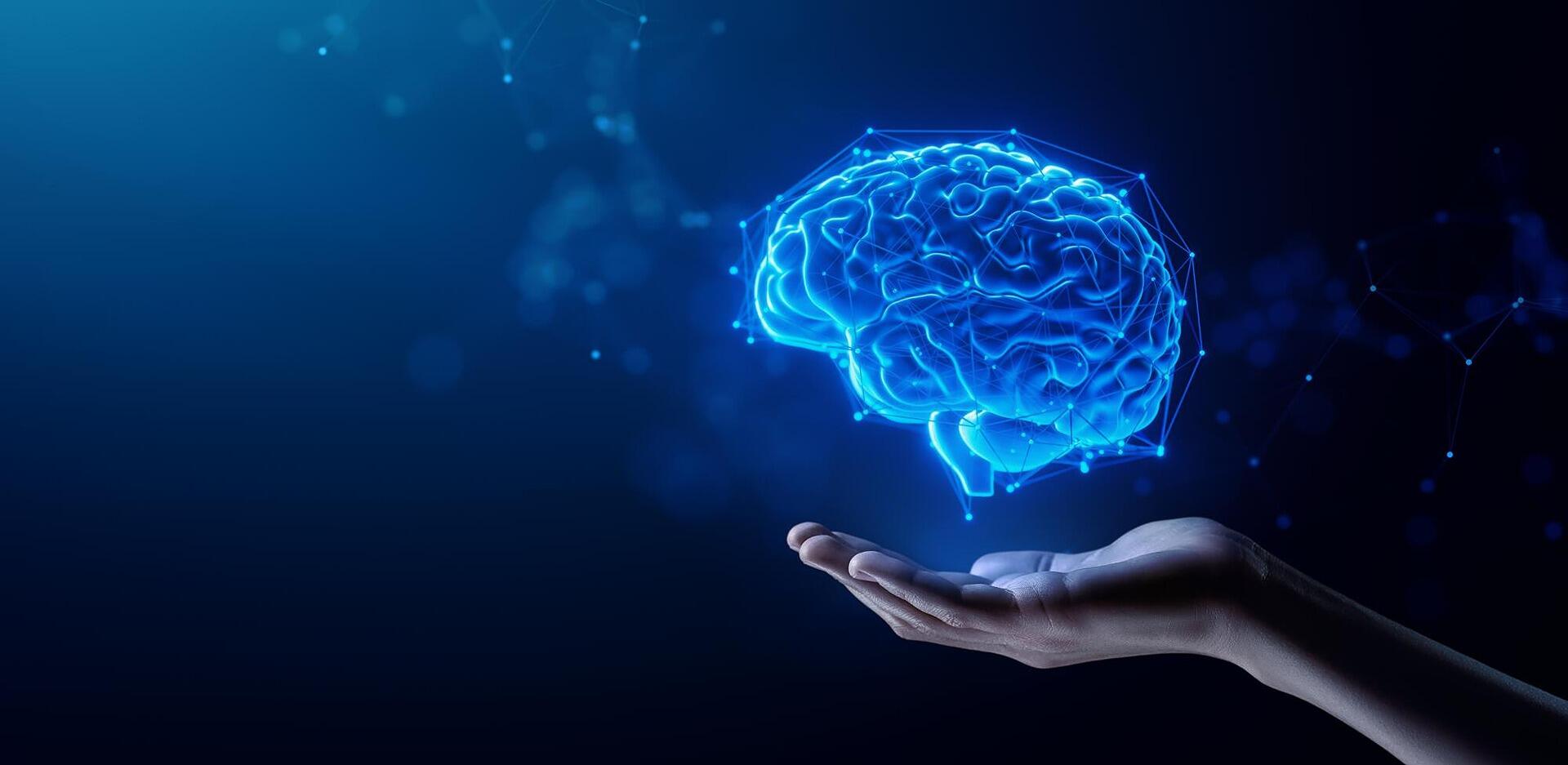
The Brain & Seasonal Affective Disorder (SAD)
A lot of people are extremely connected to the sunlight, and when it gets dark, gray, and wet, and there are fewer hours of daylight, depression can happen. It affects that neural chemistry in the brain, because, in the end, everything we talk about here on this site goes back to our brain; whether it’s our mind and our mindset and our process of thought or the chemistry in the brain. And for some individuals that neural chemistry can get messed up when we lose our sun; when we get into the winter season, and it’s a real issue—Seasonal Affective Disorder (SAD).
There are approximately three million people a year who are affected by SAD, and it’s usually during the months of late November to late December. It can also be exasperated by social isolation, grieving, or extra pressure dealing with the holiday season. It can get severe and even lead to suicide. So, what I want to discuss today is just what SAD is and what we can do about it.
Some of the information I’m sharing comes from Ruschelle Khanna. She’s a physiotherapist who studied at Columbia University, and she has a private psychotherapy practice where she helps individuals with a wide range of issues, including SAD.
According to Ruschelle, SAD is real. It’s founded in over 30 years of research. The first articles that were published about these types of disorders came out in 1984. Doctor Norman Rosenthal headed up the studies that were taking place, and his work focused around circadian rhythm. Our circadian rhymes are the hormonal patterns that our bodies follow throughout the day based on our waking and sleeping cycle. This originates in the hypothalamus, and our endocrine system regulates how we wake and sleep. When our blood pressure increases, then we wake up in the morning; it decreases blood pressure and body temperature as we sleep at night.
SAD is not to be confused with Bipolar Disorder. People with Bipolar Disorder follow a rhythm of mania and depression that can fluctuate throughout the day; some fluctuate over the course of months or even years, while people with SAD fluctuate with the sunlight or lack of it.
The general population is on a relatively set schedule. However, some people are out-wired. They are night owls—their bodies don’t follow that rhythm. But, for the majority of us, our blood pressure and body temperature increase at a particular time in the morning and decrees at a specific time of night. The sunlight that enters through the retina helps us to regulate our hormonal systems, and that system controls our sleeping patterns. If that system doesn’t work correctly, we get out of balance, and we suffer.
Doctor Rosenthal pioneered a device, the lightbox, that can work well for people with SAD. You can find them on Amazon under Seasonal Affective Disorder Lightboxes. Lightboxes are a synthetic version of the sun that can be used primarily in the morning. For severely depressed patients, these boxes are their sun. They can be used while eating breakfast with soft music playing.
While pharmaceuticals and psychotherapy are essential for those with SAD and Bipolar Disorder, it’s also important to get enough food and enough sleep. Why is that? It’s during periods of sleep that our brains are cleansed. There’s a system that comes into play, and it washes out toxins and dead cells, flushing them out through the rest of the body, leaving it in a condition to be repaired. Proper sleep can even prevent Alzheimer’s. So, sleep is very, very important.
For someone with SAD, however, often the problem is sleeping too much. In those cases, clinical doses of sleep deprivation can reverse depression. So, concerning regulating your sleep, you want to get the same amount of sleep in the winter that you usually get the rest of the year. There should be some system in place so you’re not oversleeping because that would perpetuate a winter of depression. But, this is something you want to discuss with your doctor and put into your treatment plan.
Another factor to remember is that there are times when you need more sleep. If you’re under a lot of stress, whether physically or emotionally, and you haven’t slept as much as you need to, you might consider getting more. But, if every November comes and you suddenly sleep 12 or 15 hours a night, this is something that’s not helping your recovery from SAD. It’s just part of the problem. Again, these issues should be discussed with your therapist.
Of course, we know that things like exercise, moving, laughing, being in the community of others can prevent feelings of isolation. Unfortunately, the nature of depression doesn’t allow us to get there easily. So, it’s not merely putting on a kitten video, and a smile, and saying everything is going to be okay. But, you can do something in that direction; anything, just one thing. So, rather than looking at SAD as: “Oh, why me? Why do I have this? I hate this thing. I don’t want it in my life,” try remembering that we only need to do what we are capable of doing.
Do just one thing, and then go from there. Perhaps the one thing you can do is to try to illuminate stress. Stress has been shown to be a primary factor in causing emotional and physical ailments such as SAD. Once you get some momentum going, whether from a lightbox, a therapist, or managing stress, it will get easier.
~ Julie Anderson
